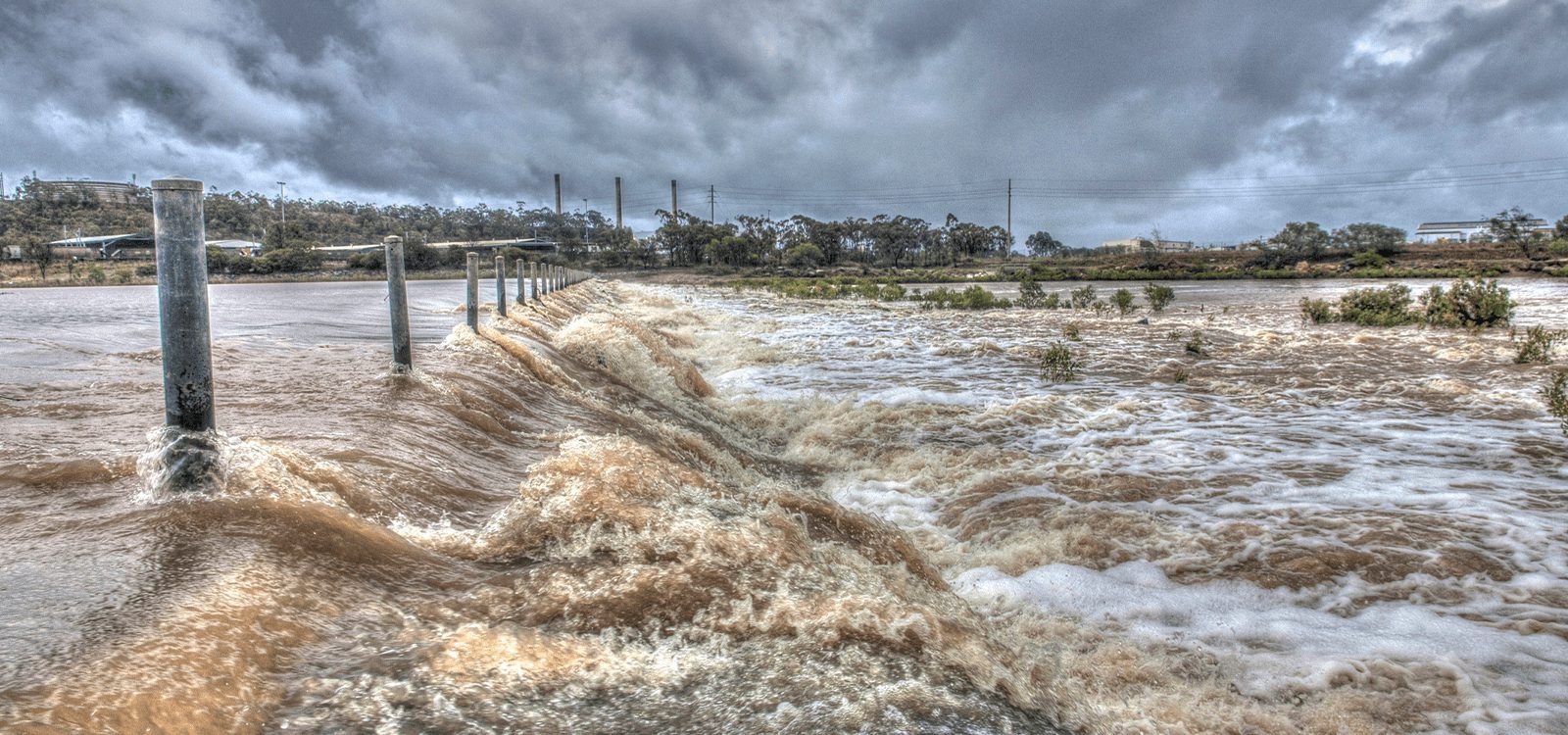
Muddled thinking: Australia’s catastrophe preparedness
In the aftermath of the recent flooding in New South Wales and Queensland, Richard Hartigan reflects on the effectiveness of the Government’s cyclone reinsurance backstop and the National Recovery and Resilience Agency (NRRA).
I’ve got a confession to make. I gave a presentation on 6 May 2021 at the All-Actuaries Virtual Summit, titled A Grand Proposal for Uninsurable Risks. I was asked by the moderator to prepare some backup questions (‘Dorothy Dixers’, if you will) to be at the ready if no audience member asked a question. Fortunately, the presentation generated plenty of questions and debate, and the Dorothy Dixers went unused.
One of the Dorothy Dixers I prepared is set out below. I had cause to think back to this after the catastrophic floods in New South Wales and Queensland in February and March 2022.
The question prepared was: “Richard, do you have any thoughts on the Government’s $10b cyclone reinsurance backstop and the $600m National Recovery and Resilience Agency?”
To help answer this question, I prepared the following notes:
- Overall, I am sceptical. The current detail is exceptionally light.
- The NRRA is a good thing, but $600m is a drop in the ocean, and the NRRA appears to be a re-badging/merging of two existing agencies. These are the National Drought and North Queensland Flood Response and Recovery Agency (NDNQFRRA), and the National Bushfire Recovery Agency. So, how much is really ‘new money’? By comparison, the Government’s plan to redevelop the Australian War Memorial in 2020 called for the expenditure of $498m. Expenditure is all about priorities.
- The cyclone reinsurance backstop is peril-specific and geographically-specific. This is a pick-and-choose response, rather than a broad response.
- Government involvement of the reinsurance backstop type works best when there is a total insurance market withdrawal. A good example of this is terrorism insurance in the US post-9/11 and the introduction of the Terrorism Risk Insurance Act (TRIA). That does not appear to be the case here.
- Two different forces are potentially at play; insurance market withdrawal, and (perceived) affordability of insurance. Governments getting involved in the latter is a sure-fire recipe for disastrous outcomes; witness the US National Flood Insurance Plan (NFIP) which sells insurance to favoured states (e.g. Louisiana, Mississippi, Alabama) at well under-market prices, and where the entire NFIP program is hopelessly bankrupt as a result. In addition, extremely poor public policy outcomes result, as over-building in disaster-prone areas is encouraged, exacerbating the existing problem.
My thoughts haven’t changed since preparing these notes.
Drawing out two points further. Firstly, the fundamental flaw in the cyclone reinsurance backstop is that it is peril-specific and geographically-specific. As the NSW/Queensland floods show, nature does not always act in the way, or the place, one thinks it will. This might seem to be increasingly true as the effects of climate change make historical records unreliable in predicting future catastrophic events.
Secondly, it is essential that there is an untangling of two inter-related issues; exposure to catastrophic events (on the one hand) and the (perceived) affordability of insurance (on the other hand). Addressing each issue soundly is important. Regarding the latter, I note my earlier comments.
Can the NRRA be successful? It probably can be, but only with a dramatically re-engineered mandate. I note other elements of existing Government infrastructure (in addition to the NDNQFRRA and NBRA) have now been folded into the NRRA; that is a positive step. But the Emergency Response Fund only permits $150m per financial year to be drawn to fund emergency response and recovery following natural disasters. That is not enough.
The muddled thinking that meant the reinsurance backstop was peril-specific and geographically-specific is (perhaps) being re-thought, according to press reports. Better late than never. If the reinsurance backstop is deemed necessary (and I think it may be) it is absolutely imperative to extend the reinsurance backstop to a broad range of perils (including possibly beyond natural perils) and widen the geographic scope to all of Australia.
The misery and loss of life wrought upon Australia and Australians by natural perils is a part of the essence of Australia and of being Australian. It is so important that the Australian Government get this right.
|
Click here to watch Richard’s presentation at the 2021 All-Actuaries Virtual Summit.
|
CPD: Actuaries Institute Members can claim two CPD points for every hour of reading articles on Actuaries Digital.






